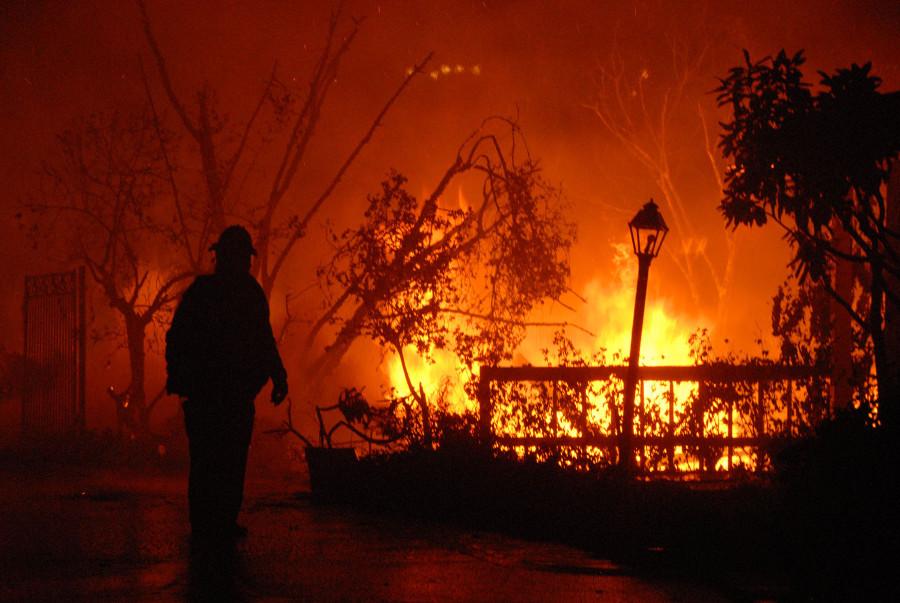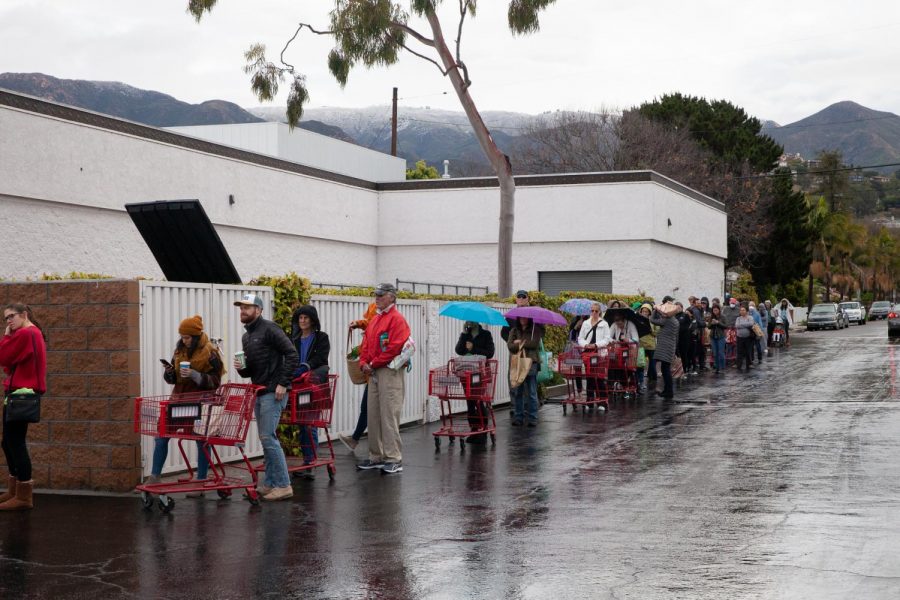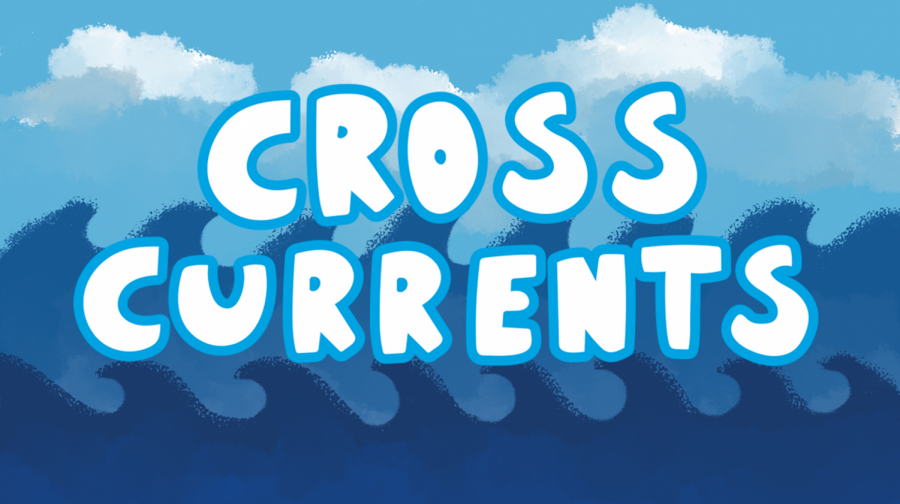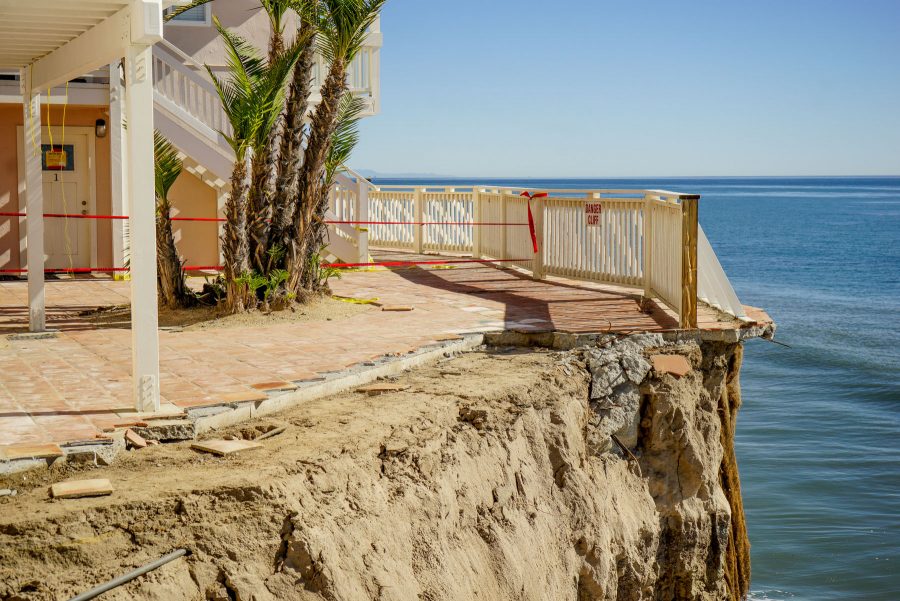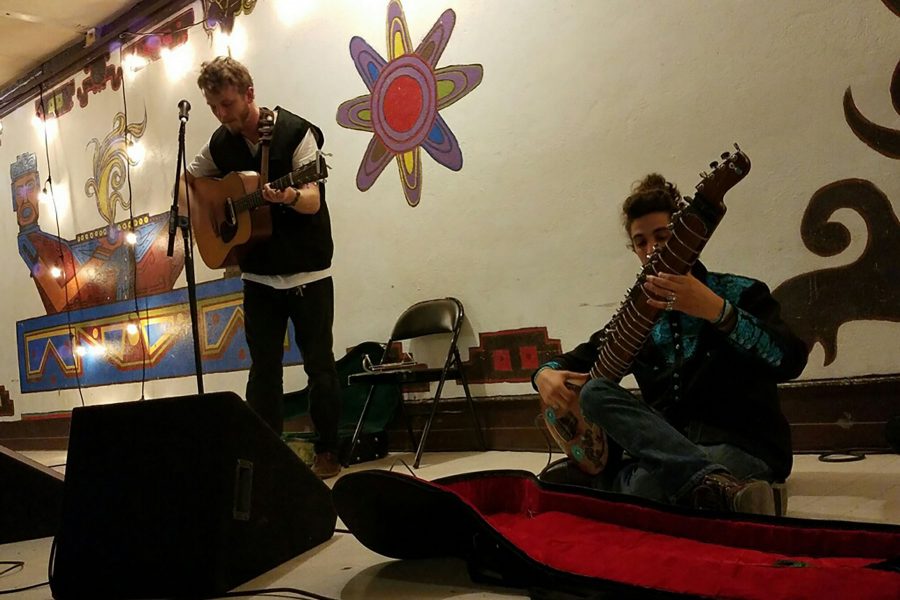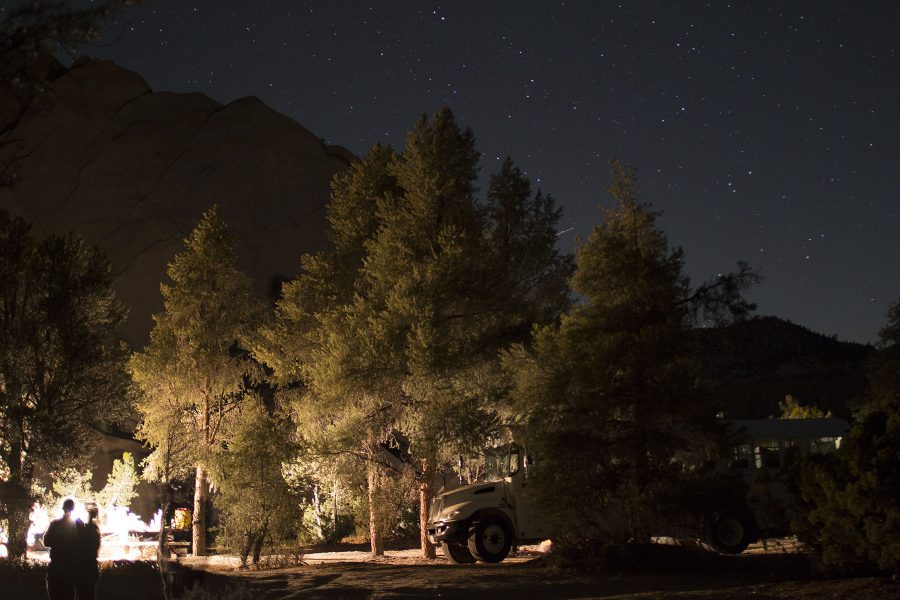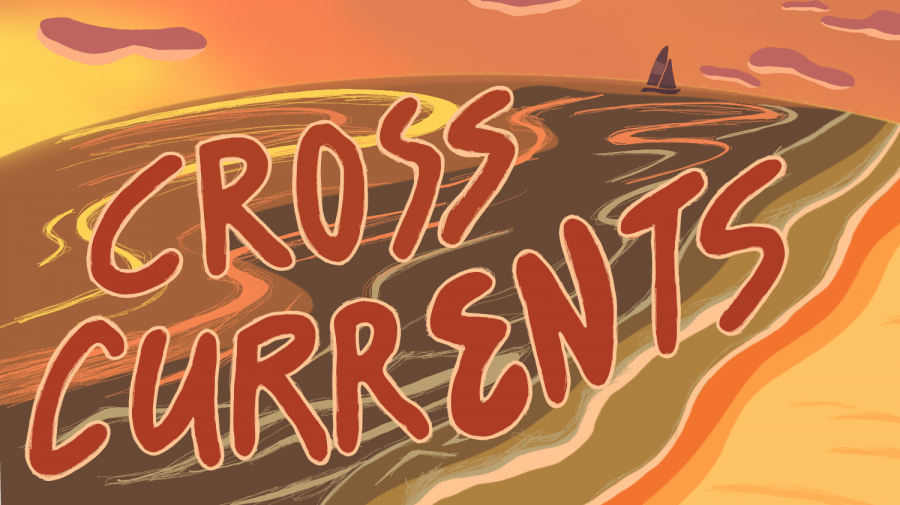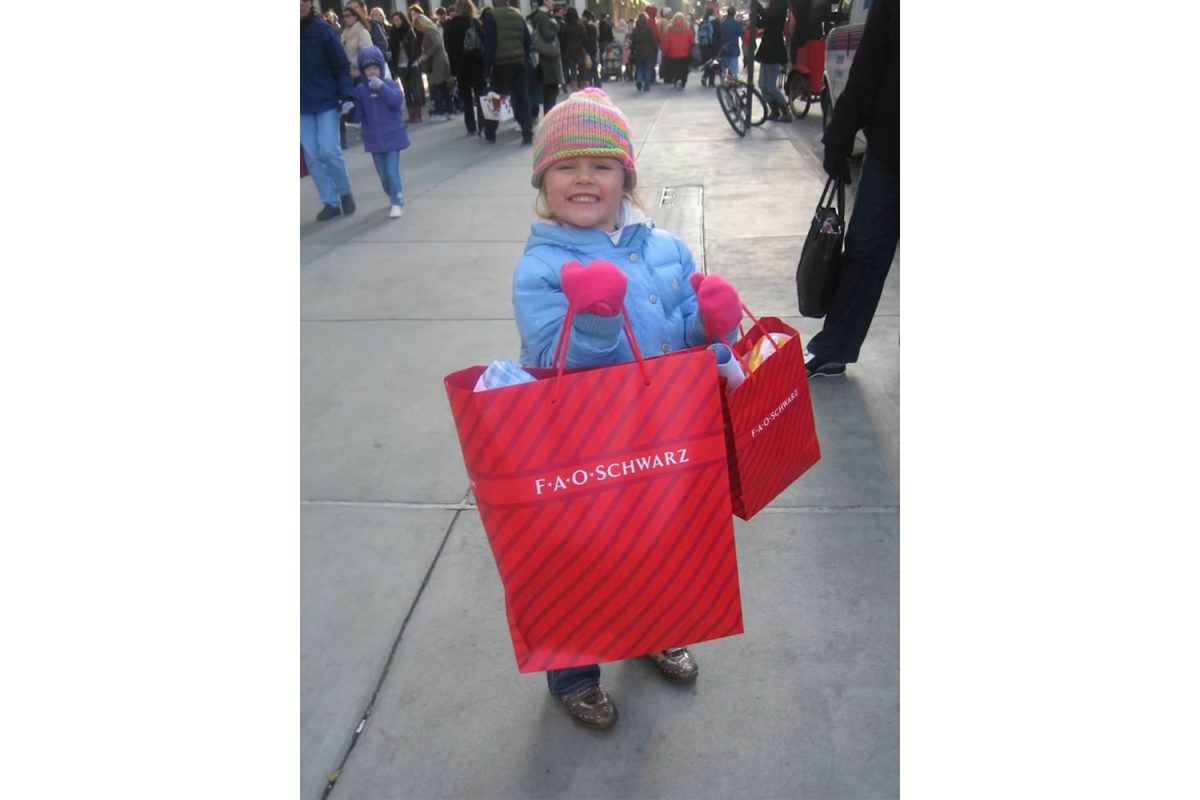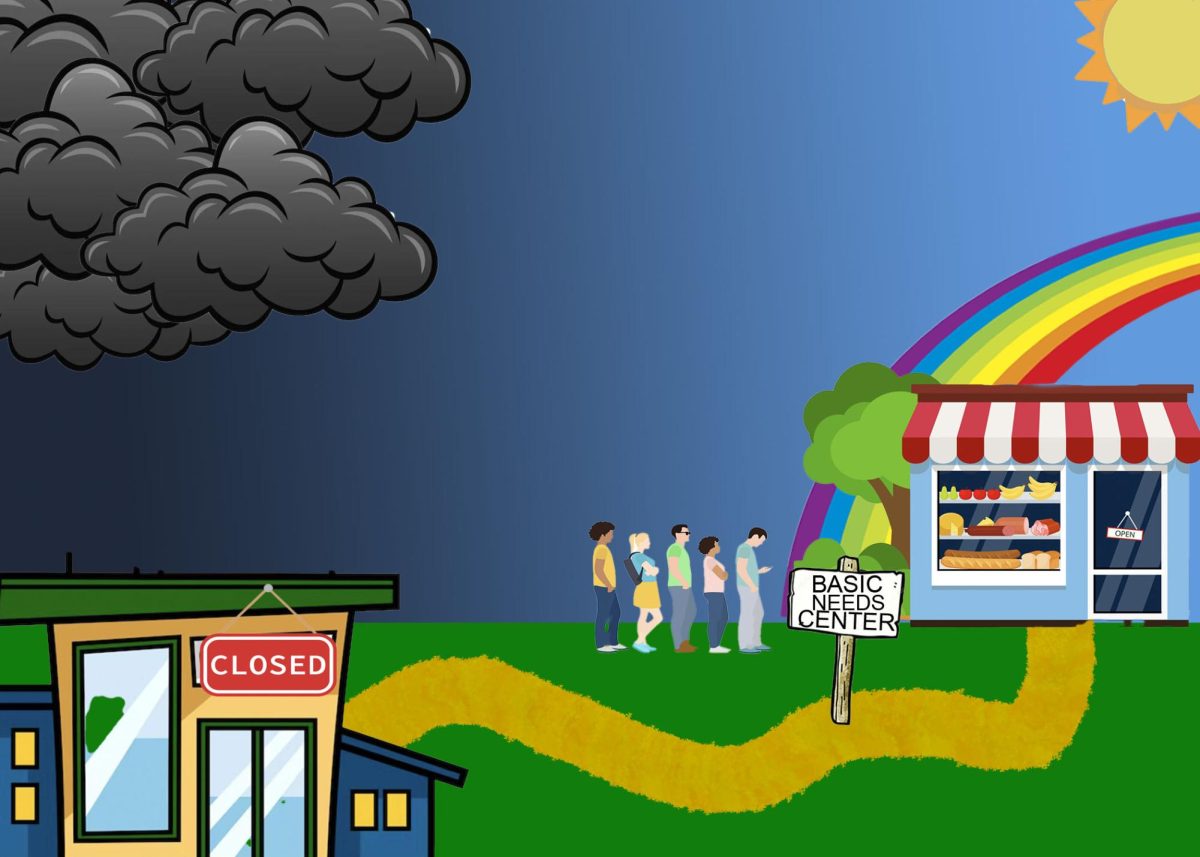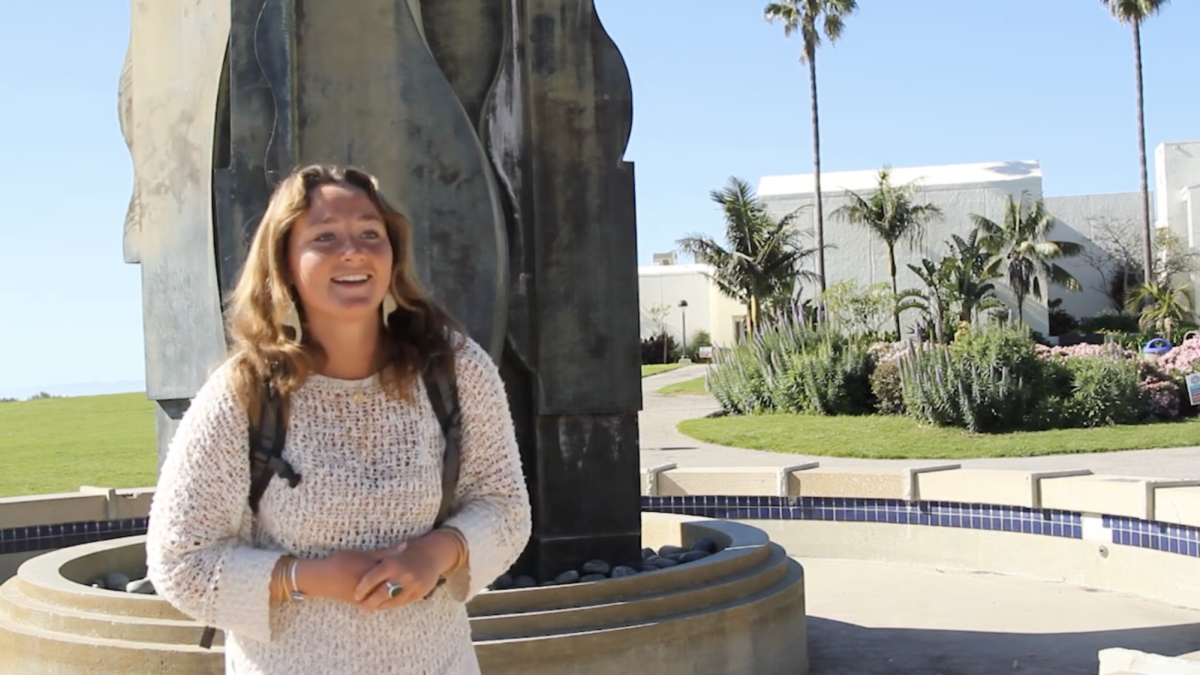With the temperature dropping at night and rains starting to come, people are under the impression that fire season in Santa Barbara is over.
Most people believe fire season is only during the summer months of June, July and August. However, in Southern California, fire season is year round. There is a low-fire season and a high-fire season. Devastating fires can and do start at all times of the year in Santa Barbara.
The truth is we are actually in the midst of peak fire season in Southern California. A prime example of this was the Tea Fire that started nearly seven years ago in the hills above Santa Barbara and scorched 1,940 acres and destroyed 210 homes, including several buildings on the Westmont campus. It was one of the most destructive fires in Santa Barbara history and the active fire only burned for about 12 hours.
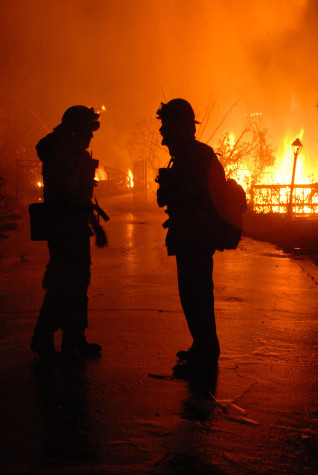
Two Los Angeles City Firefighters discuss tactics on how to save structures on Camino Alto just after midnight on Friday, Nov. 14, 2008, in Santa Barbara. 10 college students, nine of them from City College, started the Tea Fire.
It started when 10 students, nine of which were City College students, trespassed onto a popular spot in the hills called The Tea Garden and had a bonfire on the night of Nov. 12, 2008. The following night, the local phenomenon known as “sundowner winds” started howling. The winds are unique to the Santa Barbara area and occur at dusk, blowing hot winds down the mountainside towards the ocean for several hours into the night.
At approximately 6:30 p.m., the embers from the night before were fanned back to life. For the next 12 hours, Montecito and Santa Barbara saw some of the most erratic fire behavior to hit the area since the Paint Fire of 1990, which burned 4,900 acres and destroyed 641 structures and burned to the ocean in less than two hours. The fire was the eighth most destructive fire in California history.
Only six months after the Tea Fire, Santa Barbara was struck once again by another devastating fire that started on the afternoon of May 5, 2009. The Jesusita Fire was started by two people who took it upon themselves to clear the Jesusita hiking trail using power tools. Sparks set the dry brush ablaze and the fire burned longer and wider, but destroyed fewer homes.
For these fires and the many others that have devastated the area throughout history, there is only one way to extinguish them, and it’s not what you think. It has nothing to do with the amount of aircraft or crews on the ground. The only thing that stops these fires is Mother Nature itself. If the wind doesn’t stop blowing, the fire won’t stop burning.
The same reason the ashes that started the Tea Fire and why the Jesusita Fire didn’t stop after all visible flames vanished the first day was because the winds kicked up hours later.
Of all the Santa Barbara wildfires I have photographed, I have learned one thing: when the winds stop, firefighters are finally able to get the upper hand.
The recent Gibraltar Fire last month had the potential to be another devastating fire due to the forecasted winds for that day.
“It could have been in downtown by 8 a.m. if it wasn’t shielded from the wind,” said Dave Zaniboni, Santa Barbara County Fire Department public information officer. “It was the same type of scenario as the Paint, Tea and Jesusita Fires.”
Authorities learned from the fires of 2008 and 2009 and knew to jump on this fire as fast as they could. Before the sun rose, they put in orders for crews on the ground as well as a fleet of aircraft to combat the fire before it could become yet another scar in the Santa Barbara community.
When we build our homes in the hills above Santa Barbara, we expose ourselves to the risk of losing everything to fire. When the wind blows, no amount of defensible space is going to determine if your home stands or burns. Mother Nature will always make the ultimate decision.


